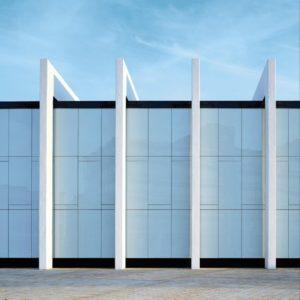Environmental Product Declarations (EPDs) are part of a big movement in the green building and design industries. EPDs are used to measure the environmental impact of a product or assembly throughout its lifecycle. This certification system has lead to more transparency for building designers, construction professionals and building operators as independently reviewed certification can back up a product manufacturer’s claims made towards the overall sustainability of its products.

It’s not just about fighting the prospect of greenwashing. Taken further, EPDs can now garner credits under the LEED v4.1 ratings system, giving building product specifiers a tool to further enhance green building initiatives.
LEED v4 encourages designers to specify products that have an EPD. Here are one ways to meet the requirements per USGBC:
Use at least 20 different permanently installed products sourced from at least five different manufacturers that meet one of the disclosure criteria below.
- Product-specific declaration.
- Products with a publicly available, critically reviewed life-cycle assessment conforming to ISO 14044 that have at least a cradle to gate scope are valued as one quarter (1/4) of a product for the purposes of credit achievement calculation.
- Environmental product declarations which conform to ISO 14025 and EN 15804 or ISO 21930 and have at least a cradle to gate scope.
- Industry-wide (generic) EPD – Products with third-party certification (Type III), including external verification, in which the manufacturer is explicitly recognized as a participant by the program operator are valued as one half (1/2) of a product for purposes of credit achievement calculation.
- Product-specific Type III EPD – Products with third-party certification (Type III), including external verification in which the manufacturer is explicitly recognized as the participant by the program operator are valued as one whole product for purposes of credit achievement calculation.
- USGBC approved program – Products that comply with other USGBC approved environmental product declaration frameworks.
The second way a project team can achieve LEED credits, per Construction Specifer, is
“…to specify products with multiple sustainable attributes. This strategy is intended to reward manufacturers for using EPD documents as a playbook for sustainable product innovation by showing environmental impact reduction, or performance improvement, below industry average or across iterations of a manufacturer-specific EPD in at least three of the environmental impact categories measured in an EPD. Those categories measure product impact on factors such as global warming potential or depletion of non-renewable energy resources.”


